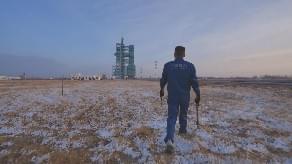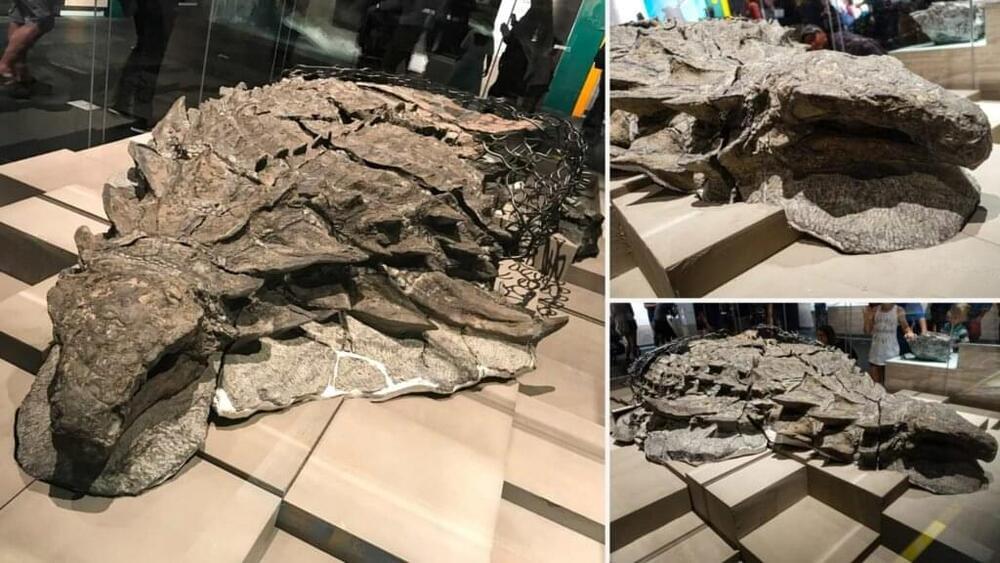The soccer star had claimed his head brushed the ball in Portugal’s opening goal against Uruguay.
FIFA has now provided an explanation for why Portugal’s opening goal against Uruguay was not awarded to five-time Player of the Year Cristiano Ronaldo.
The 37-year-old, the world’s most recognized soccer player, claimed his head brushed the ball during the opening goal against the opponents in Monday’s encounter of the FIFA World Cup in Qatar.









